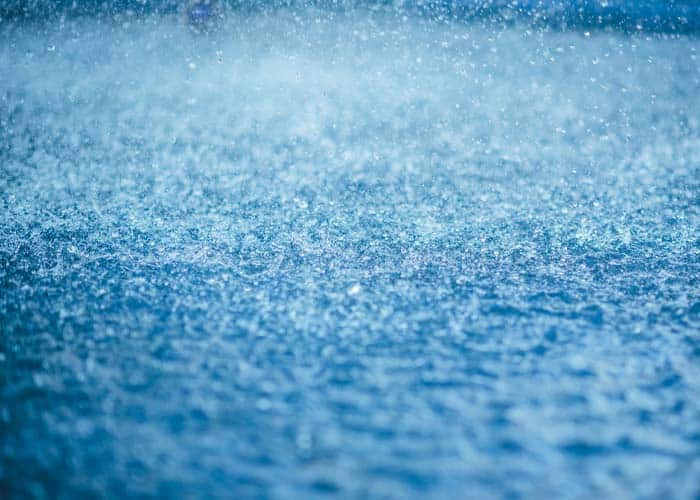While flood damaged mattresses, including those that become mostly submerged in water, often can not be repaired; mattresses that get rained on can usually be dried and reused. The key to attempting to dry a wet mattress is to begin the drying process as soon as possible.
How to dry your mattress
Drying a mattress is more complicated than drying your clothes because it has many crevices and pockets that trapping water. Also, it has porous foams that absorb water, leading to mould forming on the top of the mattress or worse inside the mattress.
So make sure you follow these steps:
First, the wet mattress should be removed from any bedding or bed frame. If possible, take the mattress outside, and leave it in direct sunlight for as long as possible.
If you can’t take it outside because the ground is wet, it’s still raining, or it’s dark out; place the mattress flat on a dry surface inside of your home.
A lot of moisture will be present in the mattress after it got rained on. Using an electric fan is not enough when trying to remove water from the many crevices, folds and pockets that can easily trap water vapour.
Instead, you use a dehumidifier because it can remove excess moisture from your mattress and can keep these crevices, folds and pockets drier.
A dehumidifier is an electrical device that controls humidity in small enclosed areas like inside your home or car (which means there will be no more dampness). It works by using a fan to force air through a wet and cold evaporator. The dehumidifier then collects the water in either an internal condensate pan or by directing it outside of your home (through tubing) where it can be disposed of, such as with rainwater downspouts.
If possible, turn off any air conditioners in your home to help prevent mould growth inside your wet mattress. Depending upon how bad the mattress situation occurred, drying can take up to two days if you use a dehumidifier or heater.
Note:
- Make sure to rotate it every six-eight hours to allow air to dry the wet mattress.
- If the mattress is not taken care of within 24 hours, it will require replacement.
If the mattress smells musty or mildewed after being removed from bedding and rotated for at least two days, a deodoriser can be used to remove the odour. Make sure you turn your heater off before sleeping!
Tips
- Don’t turn the mattress over until it is mostly dry.
- Use a deodoriser to remove any smell from your wet mattress.
- Avoid turning on air conditioning, as this can lead to mould growth inside of your mattress.
- Flood-damaged mattresses, including those that become mostly submerged in water, often can not be repaired.
How to dry your mattress using an air purifier
Unfortunately, an air purifier won’t dry out your mattress; however, it can help remove odours trapped inside your mattress. The combination of UV light, activated carbon filter, HEPA filters, and negative ions will remove any mould and other nasty germs from the rain-soaked mattress. All you need to do is plug it into an outlet and let it work its magic.
Note: this is a bonus step to do after drying the mattress first.
How to move a mattress in the rain
Moving a mattress in the rain is not an easy task. First, you need to protect your mattress from getting wet while transporting it. You can do this by getting a mattress bag or by wrapping it up in a plastic sheet.
Second, you have to keep yourself and other people safe during the process too. Make sure the path is clear to your vehicle and be careful with your fitting not slip.
Check out our post on moving a mattress and storing a mattress for more information on that.

 Nectar Mattress
Nectar Mattress 


